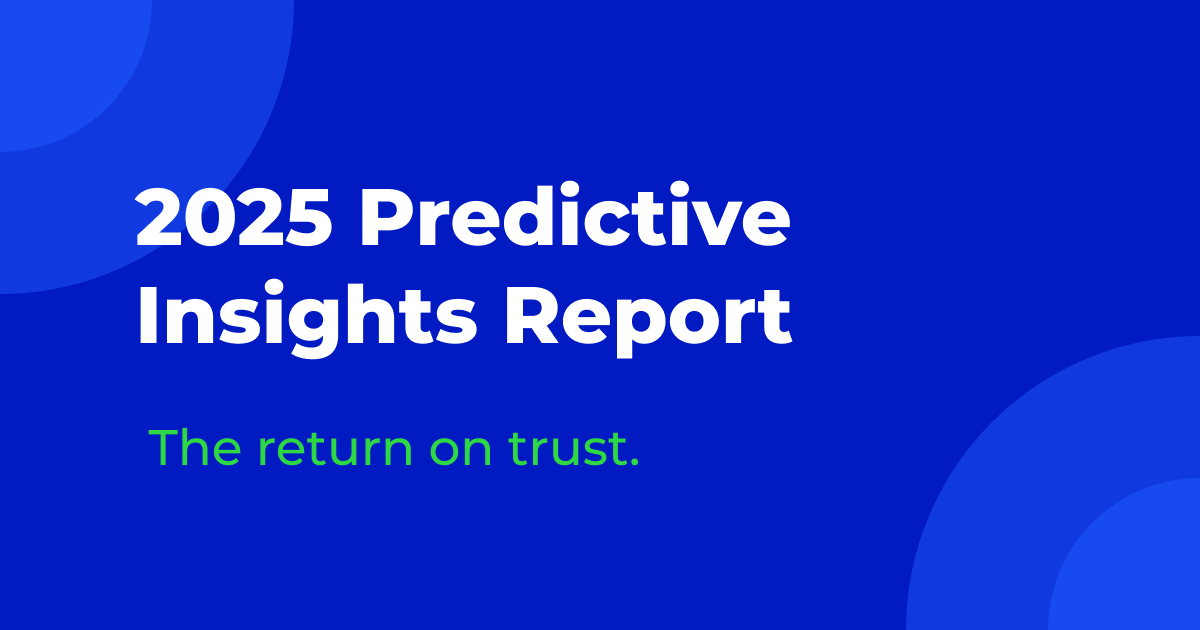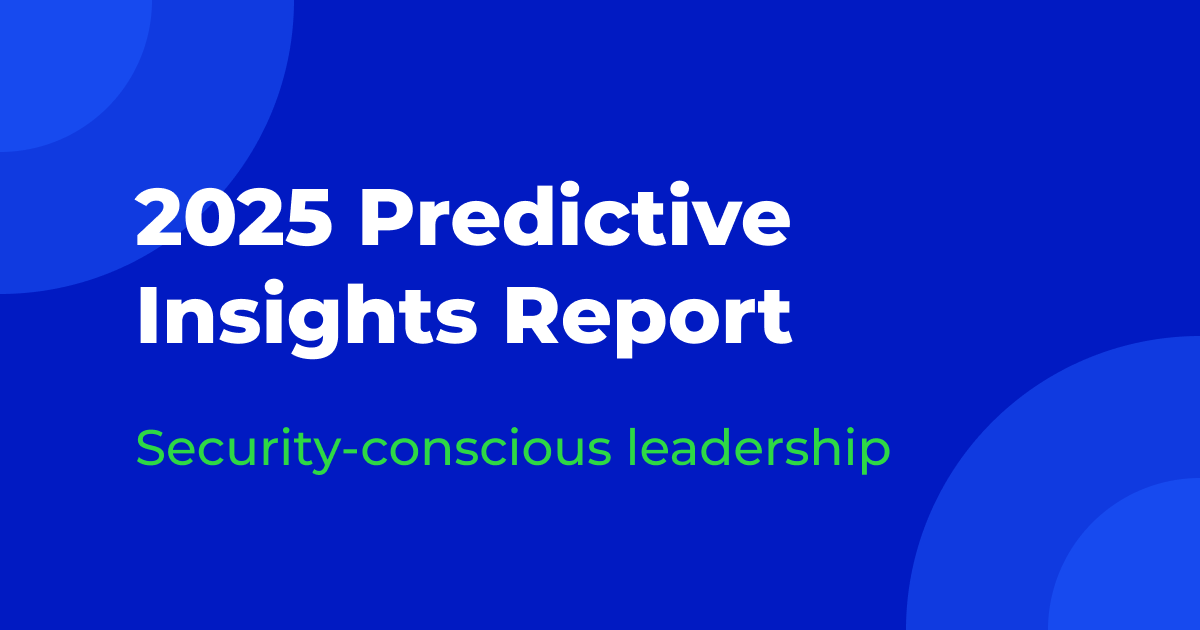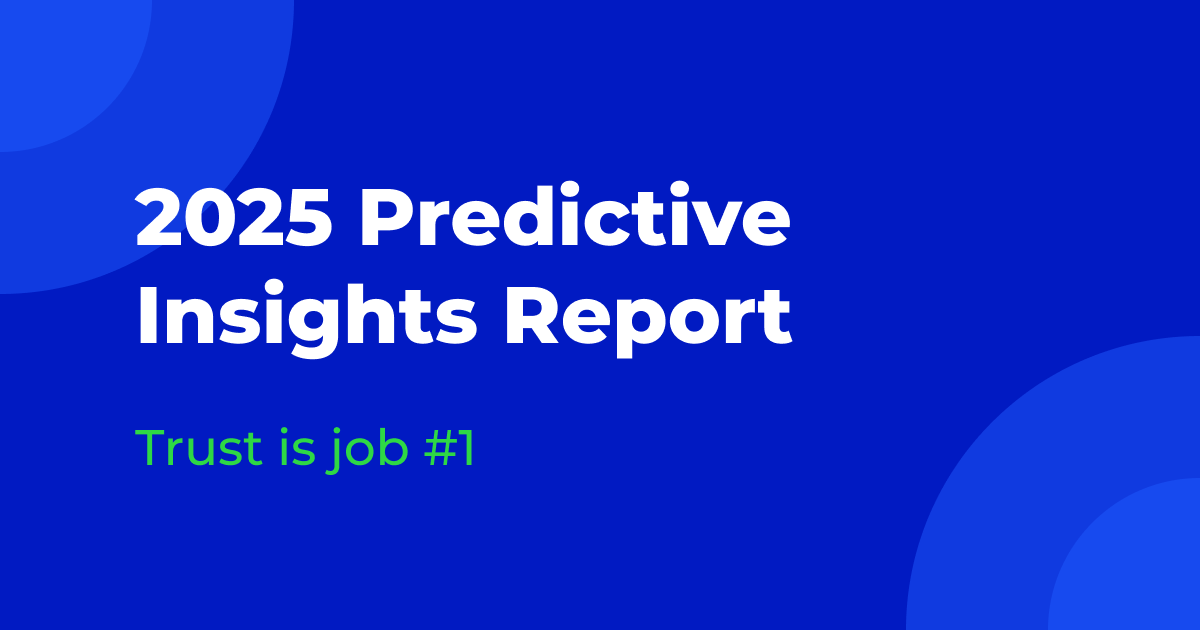
Cybercrime is no longer just a looming threat—it’s a global crisis with escalating costs that businesses can’t afford to ignore. In 2025, the financial burden of cybercrime has reached unprecedented levels, with projections estimating it will hit $13.82 trillion by 2028. This sharp rise signals a pivotal moment for organizations: it’s time to rethink cybersecurity as a core business investment rather than just an IT expense.
Table of Contents
The rising cost of data breaches
The financial damage caused by cyberattacks is staggering. In 2024, the average cost of a data breach reached $4.88 million, underscoring the growing sophistication and impact of these incidents. But beyond the initial financial hit lies a broader issue—the long tail of breached data. Once sensitive information is exposed, it becomes part of a cycle that fuels future attacks, identity fraud, and reputational harm.
Businesses that suffer breaches often deal with prolonged fallout, including customer churn, legal fees, and increased regulatory scrutiny. This highlights the urgent need for businesses to be proactive rather than reactive.
Evolving threats that drive costs higher
Cybercriminal tactics are evolving just as quickly as the technologies designed to stop them. Generative AI, in particular, has lowered the barrier to entry for bad actors by making it easier to create convincing phishing attempts, deepfakes, and account takeovers. Ransomware continues to evolve, targeting businesses of all sizes with more aggressive tactics and higher ransom demands.
But it’s not all doom and gloom—AI can be a powerful defensive tool, too. Many businesses are beginning to adopt AI-powered security systems to detect anomalies, automate threat response, and stay one step ahead of bad actors. The race is on, and the organizations that embrace smart, adaptive cybersecurity technologies will be better equipped to thrive.
A strategic path forward
To stay resilient, businesses must see cybersecurity not just as protection—but as a competitive advantage. This shift starts with leadership: when executives are engaged and cybersecurity is woven into the fabric of business strategy, organizations are better positioned to act swiftly and decisively.
Cross-functional collaboration for more effective risk mitigation is also essential. When IT, legal, compliance, and business teams align, companies can develop more effective, organization-wide security practices.
Budgeting is another key factor. As threats intensify, so should investment. And, at the center of these conversations should be digital identity verification and protection. Forward-thinking businesses are increasingly prioritizing cybersecurity in their budgets—recognizing that strong security today can prevent massive losses tomorrow.
A new investment priority: Trust
Evolving threats are forcing businesses to rethink where and how they invest in protection. But it’s not just about avoiding losses—it’s about driving long-term value. The businesses that recognize cybersecurity as a strategic investment are the ones that will earn something even more valuable than short-term savings: trust.
And trust pays dividends. When customers feel secure, they stay loyal. When systems are resilient, operations remain uninterrupted. When leadership invests wisely, the business grows stronger.
That’s the real ROI of cybersecurity—the return on trust. In 2025 and beyond, the companies that prioritize trust through smarter security investments won’t just stay ahead of threats. They’ll lead the market.
To explore more in-depth insights on the financial impact of data breaches and cybercrime, the threats shaping today’s digital landscape, and how businesses can protect themselves, read the full Telesign 2025 Predictive Insights Report.


